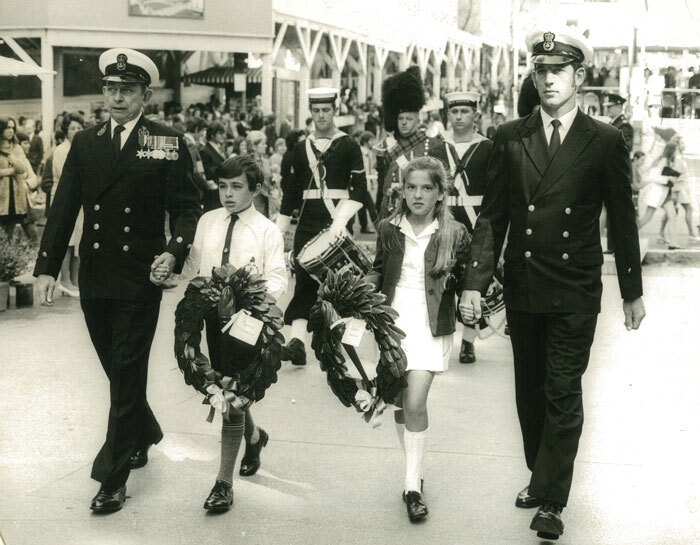
Our History
Legacy grew out of the ashes of World War One.
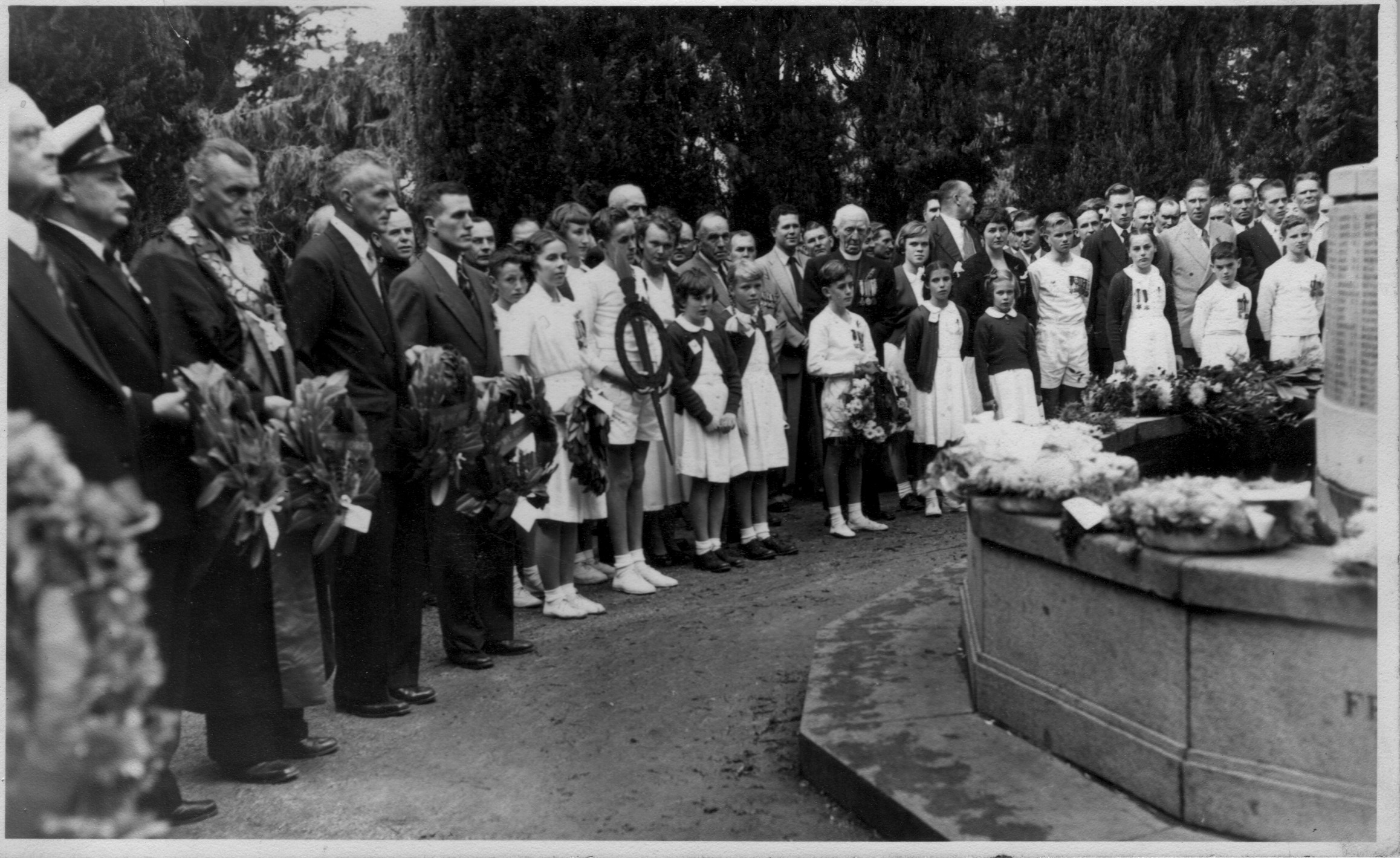
Some 60,000 Australian service personnel were killed and more than 150,000 were wounded, many dying soon after.
Realising the dire circumstances of the tens of thousands of veterans, widows and children left behind, those who returned set out to help them. In 1923, Major General Sir John Gellibrand formed the Remembrance Club in Hobart. Another returning soldier, Lieutenant General Sir Stanley Savige, was inspired to establish a similar club in Melbourne which was named Legacy.
Originally, it was returned servicemen who took this duty of caring for and supporting widows and children. They later became known as Legatees. To this day, it is the Legatees who volunteer the support that Legacy provides to its beneficiaries.
Legacy is still caring for tens of thousands of widows who have lost their loved ones and been affected by their partner’s service in the Korean War, Malayan Emergency, Vietnam War; as well as campaigns in Iraq, Afghanistan and in peacekeeping operations across the globe.
Legacy Clubs started as a small organisation with local Legatees assisting local families. Today, there are 44 Legacy Clubs, plus 1 in London, providing emotional, social and financial support.
In the trenches of the Western Front during World War I, a soldier said to his dying mate “I’ll look after the missus and kids”. This became known as The Promise – and it is still kept today.
Our Journey
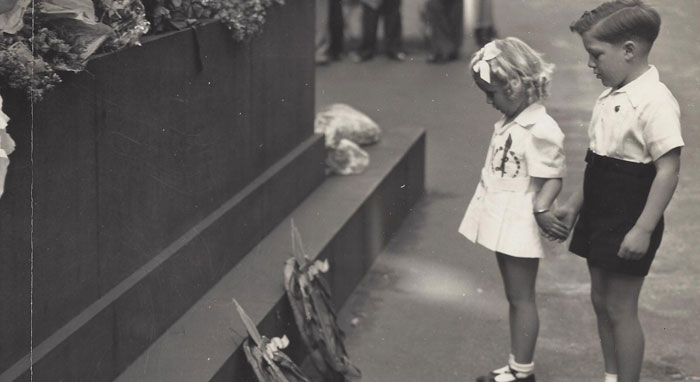
Soldiers saw the devastation on the Western Front, France.
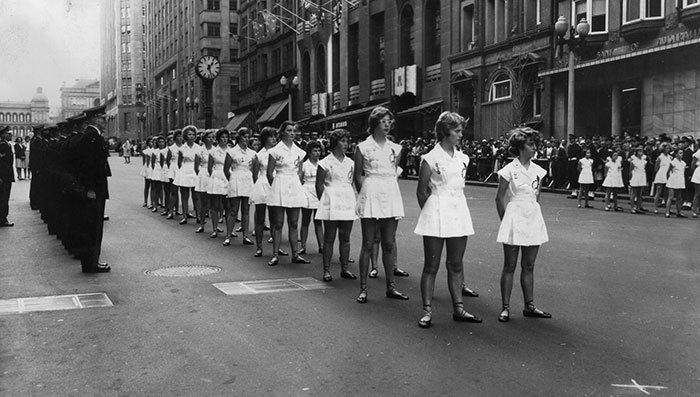
Returned serviceman Sir John Gellibrand founded the Remembrance Club in Hobart, assisting returned veterans to find work. Months later, Captain Stanley Savige started Legacy in Melbourne.
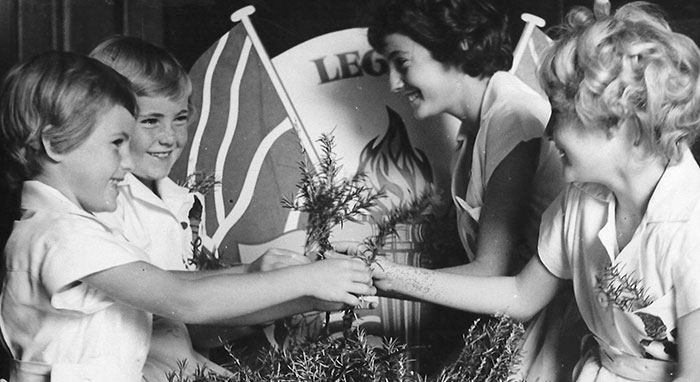
Legacy began assisting widows and children of deceased or injured servicemen.

With the outbreak of WW2, a War Orphans Appeal started in 1942 to raise funds for the widows and children of soldiers who did not return. Today, this appeal is known as Legacy Week.

The widows and children of Vietnam veterans came into Legacy’s care.

Members of the Australian Defence Force serve in Afghanistan, Iraq, the Middle East and on peacekeeping operations.
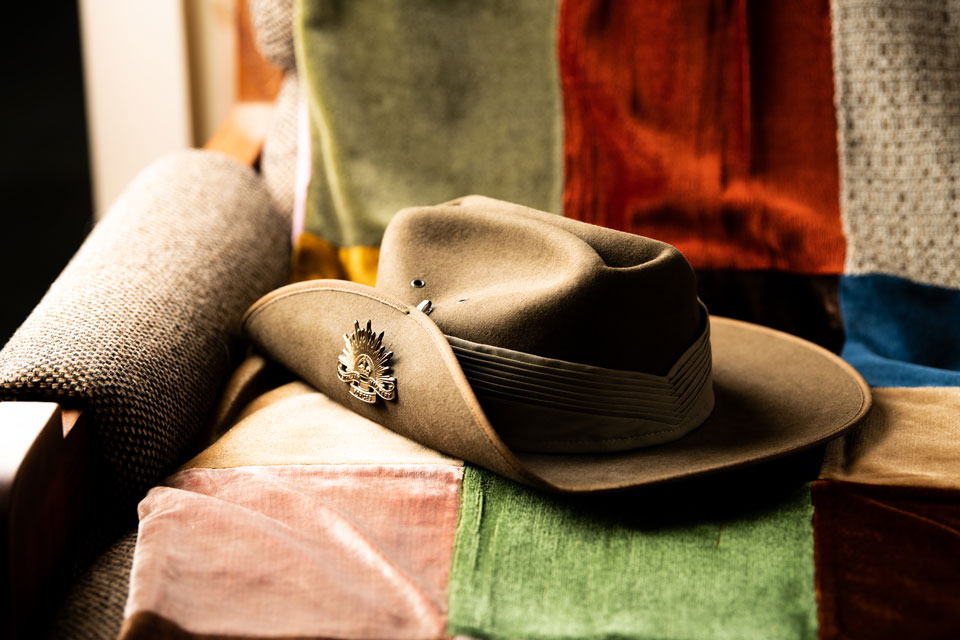
More than 72,000 members of the Australian Defence Force have served overseas since 1991, more than the number who served overseas from 1950 to 1990.
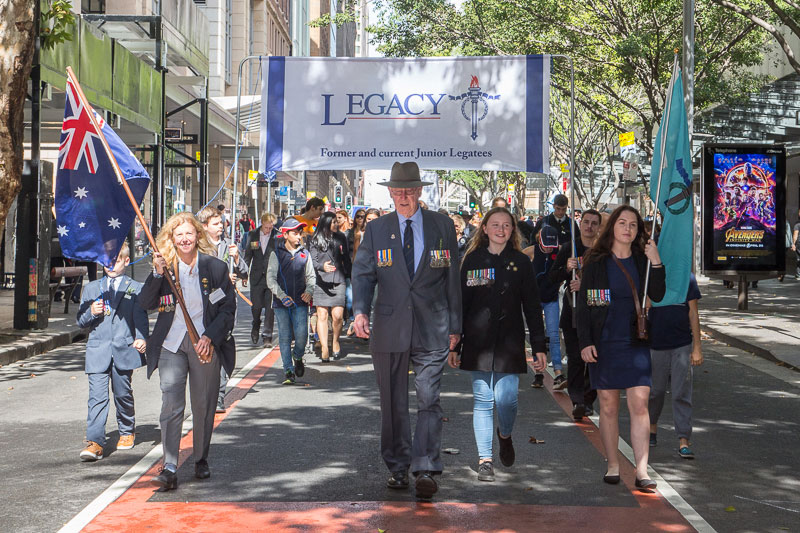
Legacy has always cared for the widows of veterans. Now with the recognition of mental trauma and PTSD as a result of war, Legacy cares for and supports families who are suffering from the effects of this condition and other mental health illnesses.
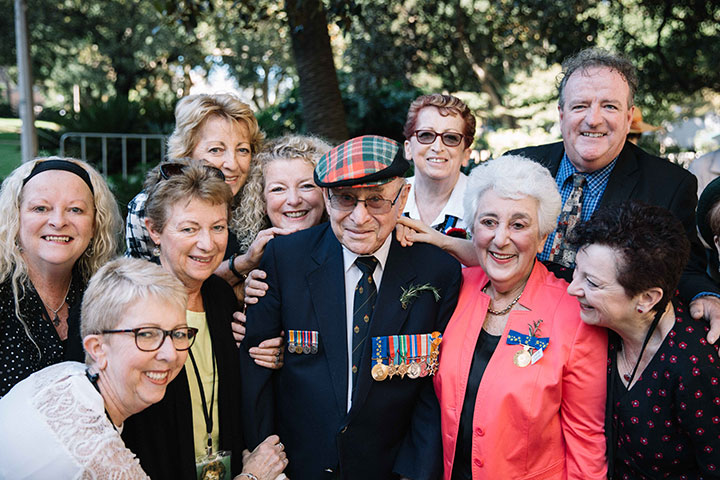
Legacy currently supports 40,000 individuals and families across Australia, supported by over 3,400 volunteer members, Legatees.